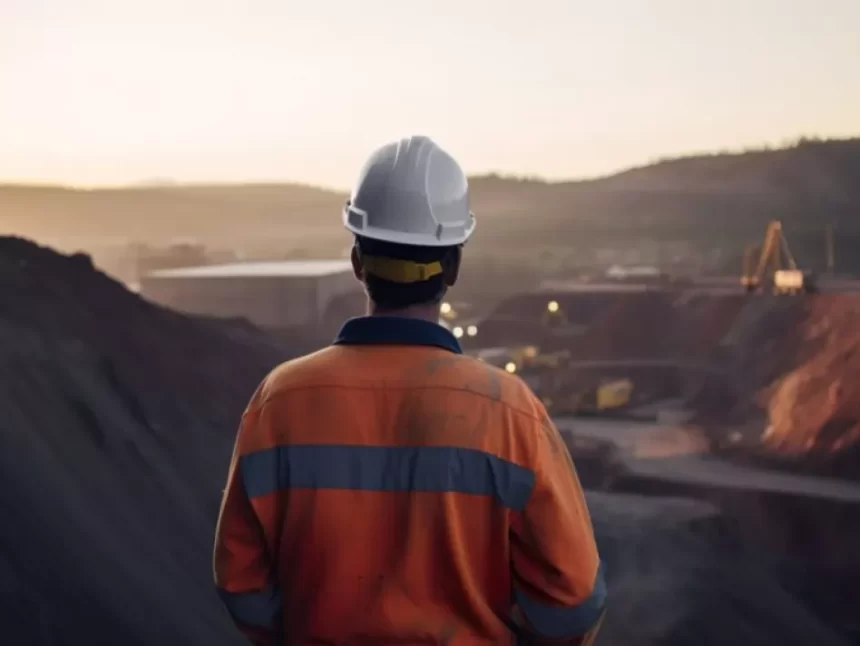The future employment for more than 1,2000 workers has been left up in the air after one of the largest copper mines in the world announced its closure last week.
Glencore’s Mt Isa mines have announced they will cease operations in 2025, ending 60 years as the region’s economic backbone.
The closure is set to ripple through the Mount Isa economy, impacting nearly 10 per cent of the town’s 20,000 residents, including contractors, suppliers, and businesses.
However, an expert in critical mineral mining and mine rehabilitation from Monash University, Associate Professor Mohan Yellishetti told Build-it the mine’s closure could provide a golden opportunity to kick-start new regional rehabilitation industries.
Prof Yellishetti said: “The scale of the work in Mount Isa would support an entire regional rehabilitation industry, employing Indigenous and local business leaders.”
“It also leaves a clean legacy for the communities and, by removing toxic metals from these reactive mine wastes, a cleaner environment.”
A 2020 Monash University’s Resources Trinity Group study found more than 80,000 inactive mine sites nationwide.
Rehabilitating these sites would be a sustainable and dynamic use of the former mining land, providing economic, social, and environmental benefits.
Professor Yellishetti says rehabilitation of the Glencore mines would also open economic doors in Mt Isa for construction, tourism, recycling and renewable energy.
“The rehabilitation of the mine provides a golden opportunity for the extraction of energy-transition critical minerals, energy generation, storage batteries, and space in the landscape, which is highly contested in our rapidly urbanising and climate-constrained world,” he said.
“There is also the potential for the development of rehabilitation-based local businesses.”
New economic opportunities provided by the closure
Extraction of critical minerals
As the world transitions to cleaner energy, we will need vast quantities of critical minerals, many of which are produced as underutilised by-products of our existing mines.
North West Queensland is estimated to have $750 billion of untapped critical minerals needed to electrify green transport, build batteries, manufacture solar panels, wind turbines, consumer electronics and defence technologies. The extraction of these minerals can provide a new source of revenue and create job opportunities for local workers.
Renewable Energy Generation
Inactive mines can also be transformed for renewable energy generation and storage. The area is already home to solar farms, with the renewable energy sector considering the region for future solar farm development.
Revolutionary technology installed in abandoned mine shafts can be used to store the energy produced by solar and wind farms, transforming it into gravitational energy for green using a system of weights.
Building material production from overburden
Overburden waste is the soil removed at mine sites to access the ore being mined. Closed sites such as Glencore’s Mt Isa mines can still use this leftover spoil to create other materials such as building bricks and ceramic products.
This helps reduce waste and provides a new source of material and revenue for local brick-making businesses.
Eco-tourism
Many former mine sites worldwide have been rehabilitated to become bike paths and recreational lakes. This has subsequently generated eco-tourism businesses in former mining regions, such as activity, accommodation and hospitality venues.
Plant nurseries
Lastly, rehabilitating the mine site can also provide opportunities for creating a nursery that supplies plants. This can be used for reforestation or to create artificial soils used as capping material on the coal slopes.
Union hopes for workers will avoid redundancies
Australian Workers Union secretary Sacey Schinnerl says the closure is a sad day for the Mount Isa community and hopes those whose employment depended on the mines would be transitioned into other roles by Glencore.
“We are also calling on Glencore to provide redeployment opportunities to local workers who will be affected by these closures,” she said in a statement provided to Build-it.
“Glencore have been using foreign labour and FIFO labour hire on their other operations in the region. It is our expectation that local workers who are affected by these closures are given priority access to these roles.”







